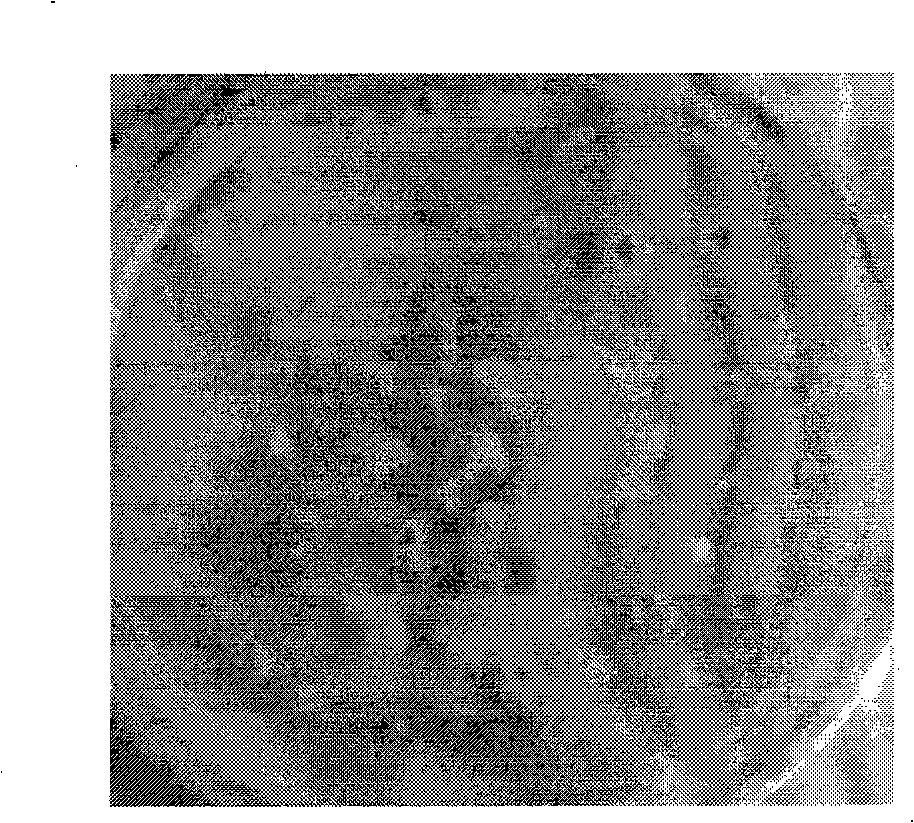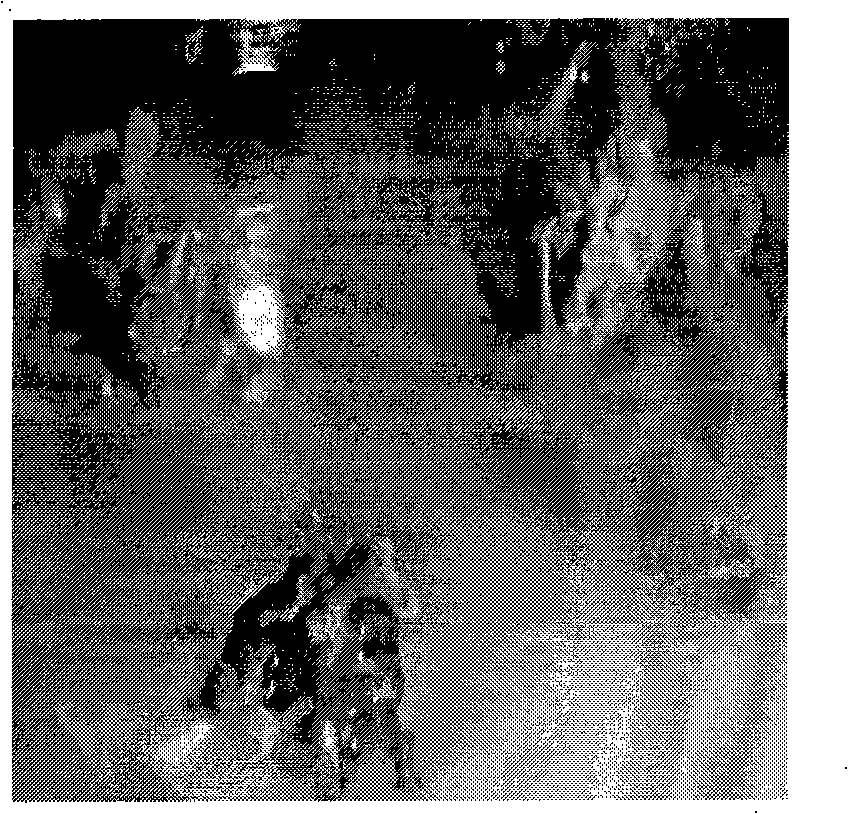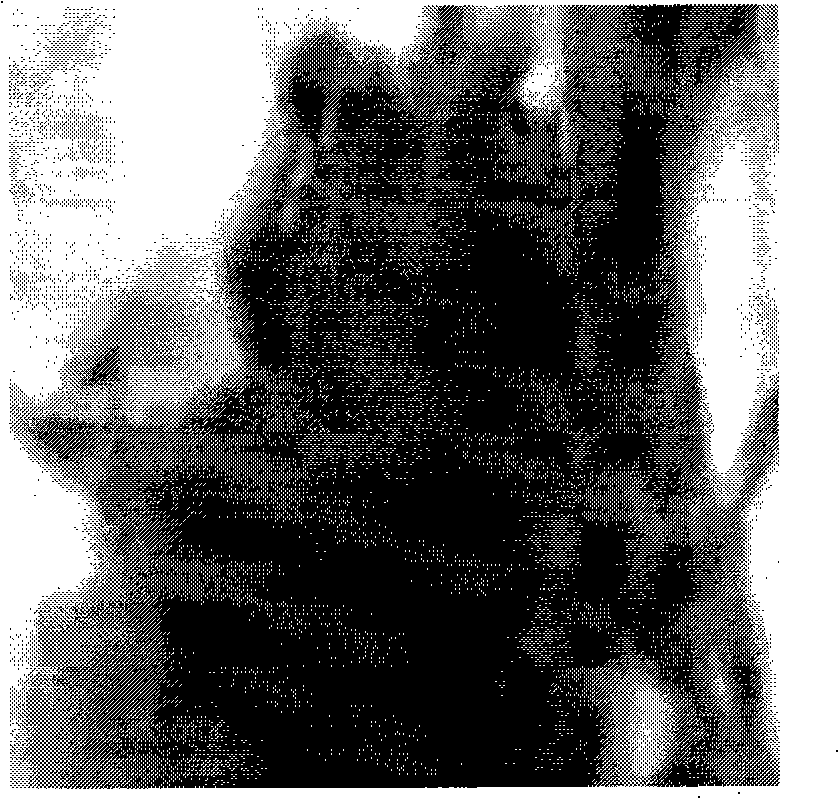Method for obtaining regeneration plant from in-vitro culture of black seed pumpkin
A technique for culturing and regenerating plants in vitro, applied in the field of plant tissue culture, can solve the problems of few reports, low regeneration frequency, sensitivity to root rot, etc., and achieve the effects of good repeatability of results, high regeneration frequency, and convenient material collection
- Summary
- Abstract
- Description
- Claims
- Application Information
AI Technical Summary
Problems solved by technology
Method used
Image
Examples
Embodiment 1
[0023] Embodiment 1: In vitro culture of adventitious buds of black-seeded pumpkin germs induce plant regeneration:
[0024] 1. Materials and methods
[0025] 1.1 Plant material: Black-seeded pumpkin produced in Yunnan.
[0026] 1.2 Phytohormones and culture medium: The phytohormones used in this experiment were purchased from sigma company, namely thiadizuron (TDZ), kinetin (KT), and indole acetic acid (IAA). The basic medium is MS medium (Murashige T., Skoog F.A revised medium for rapid growth and bio-assays with tobacco tissue cultures. Physiol Plant, 1962, 15: 473-497), during the culture process, according to different development stages in Different hormones are added in the culture medium, wherein, the induction medium of adventitious buds is MS+3% by weight of sucrose+0.9% by weight of agar+0.5mg / L thiadizuron; the elongation medium of adventitious buds is MS+ The agar+0.25mg / L kinetin of the sucrose+0.9% weight of 3% weight; The rooting medium is the agar+0.1mg / L in...
PUM
 Login to View More
Login to View More Abstract
Description
Claims
Application Information
 Login to View More
Login to View More - R&D
- Intellectual Property
- Life Sciences
- Materials
- Tech Scout
- Unparalleled Data Quality
- Higher Quality Content
- 60% Fewer Hallucinations
Browse by: Latest US Patents, China's latest patents, Technical Efficacy Thesaurus, Application Domain, Technology Topic, Popular Technical Reports.
© 2025 PatSnap. All rights reserved.Legal|Privacy policy|Modern Slavery Act Transparency Statement|Sitemap|About US| Contact US: help@patsnap.com



